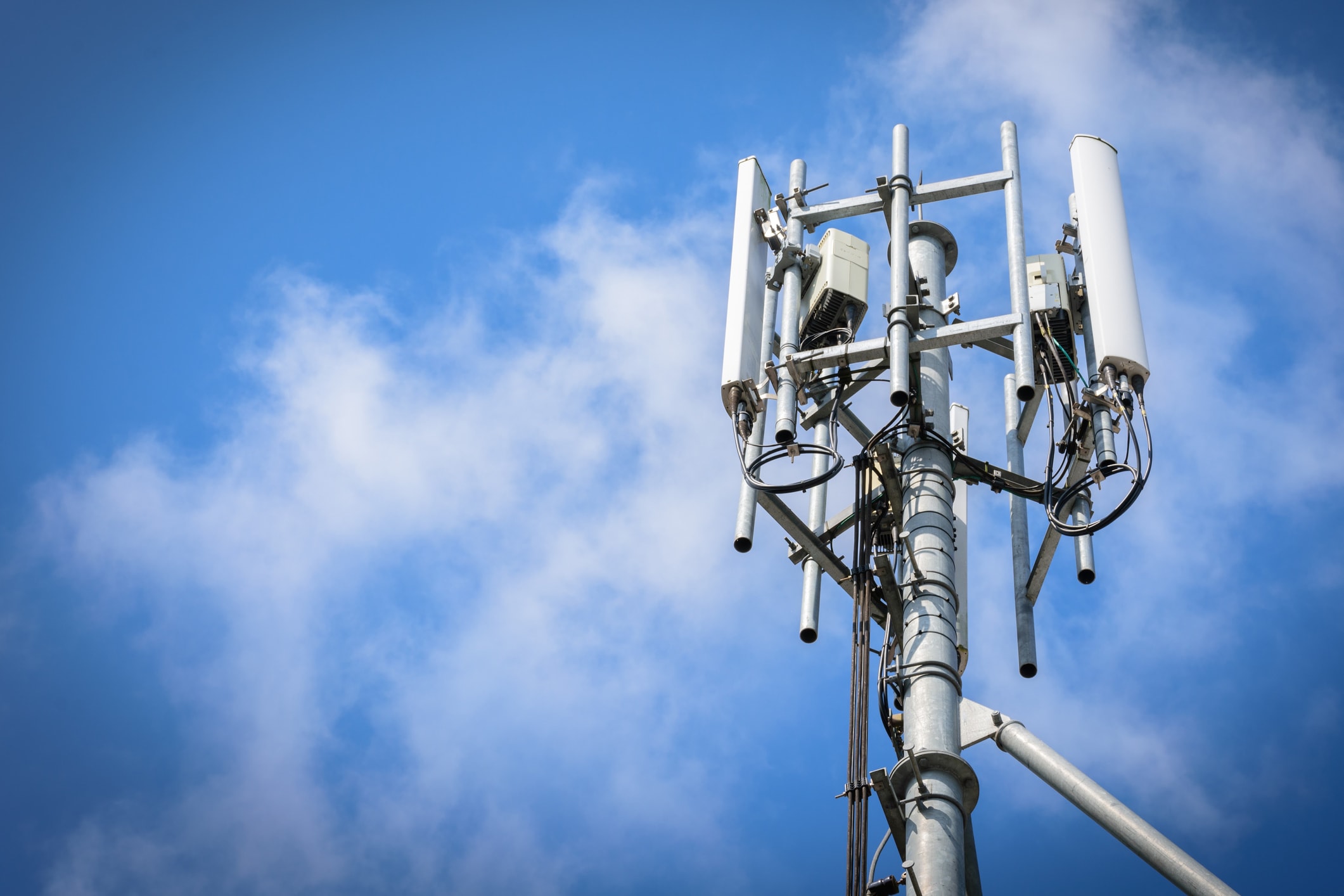If you've ever walked through a city, you may have seen tiny 5G cell towers on the poles of street lights. They look like small boxes however, they're actually transmitting wireless signals from mobile providers to your phone.
These smaller towers are replacing the larger specially-designed cell towers. Although they're not as visible however, they could cause issues for users.
A of the FCC's Radiation Exposure Thresholds
The FCC's Radiation Exposure Thresholds determine the safe limit at which an individual can be exposed to electromagnetic energy generated by wireless devices. The exposure limits are based on research which show that the energy of RF could be harmful to health.
The rate of absorption called the specific absorption rate (SAR) is an indicator of the amount of radiofrequency energy that is taken up by tissues. It is typically 1.6 Watts per kilogram spread over a kilogram of tissue.
However, because 5g transmits at higher frequencies and has the potential to cause greater energy intensity on the skin and other directly-exposed body parts. This can lead to a wide range of possible harms, like the appearance of skin conditions such as dermatitis and cataracts, and skin cancer.
Due to the potential for harmful effects of radiation from 5G, PSU has chosen to set a general localized maximum power density of four mW/cm2 averaged over 1 cm2, but not exceeding 30 minutes for the entire 5G spectrum at 3000 GHz. This localized limit is consistent with the highest SAR that is spatially averaged at 1.6 W/kg, which is averaged over 1 5 grams of body tissue, at 6 GHz.
The FCC's Maximum Exposure Thresholds for Maximum Exposure
If you've ever operated a cell phone, then you're aware that a safe distance from the tower should be at least 400 meters. This is due to the power of the transmission of cell towers increases drastically the farther your location from the tower.

While it sounds like something that's good, the reality is that people living in close proximity to towers may actually be more susceptible to health issues. For instance, a study conducted in 2014 in India discovered that those living within 50 meters of cell towers experienced significantly more health complaints than those living further away from the antennas.
However, this study also showed that residents who moved to areas further away from cell towers noticed their symptoms return to normal within a couple of days. safe distance from cell tower have also revealed that exposure to high levels of radiofrequency electromagnetic fields (EMFs) can lead to brain tumors, cancer, and other health problems.
This is due to the fact that radiofrequency radiation, which is utilized in wireless communications, may penetrate the human body's outer layer of skin. This is important to understand since the skin functions as a barrier to protect against injury to the body, infection caused by pathogenic microorganisms and the entry of harmful substances. Additionally, it is the most important organ in the human body and is responsible for maintaining the integrity of other organs.
The FCC's Minimum Exposure Thresholds for the Minimum Exposure
The FCC's Minimum Exposition Thresholds depend on a variety of assumptions that are not supported by scientific research. These include the erroneous assumption that exposures of a short duration to RF radiation are safe due to the limited absorption into body (i.e. the heating of tissues).
This assumption does not take into account the deeper penetration of the ELF elements of modulated radio signals and the effect on the body of short bursts from pulsed RF waves. These theories are not compatible with the current understanding of biological consequences of RF radiation, and thus they shouldn't be used for health protective exposure standards.
In addition to that, ICNIRP and FCC are limiting their limit of exposure to the local SARs that are based on the maximum frequency of absorption (psSAR), which can be described as an inadequate dosimetric tool to determine the degree of radiation exposure. In particular it is inconclusive when frequencies exceed 6 GHz. Furthermore, psSAR has not been evaluated for RF radiation that is exposed to other agents of the environment such like sunlight. The interactions of RF radiation and other environmental agents could cause synergistic or antagonistic results. what is a safe distance from a 5g cell tower would result in an increased risk of negative health adverse effects. For instance, exposure to RF radiation and sunlight could raise the chance of developing skin cancer, as well as aggravate other skin diseases such as acne.
